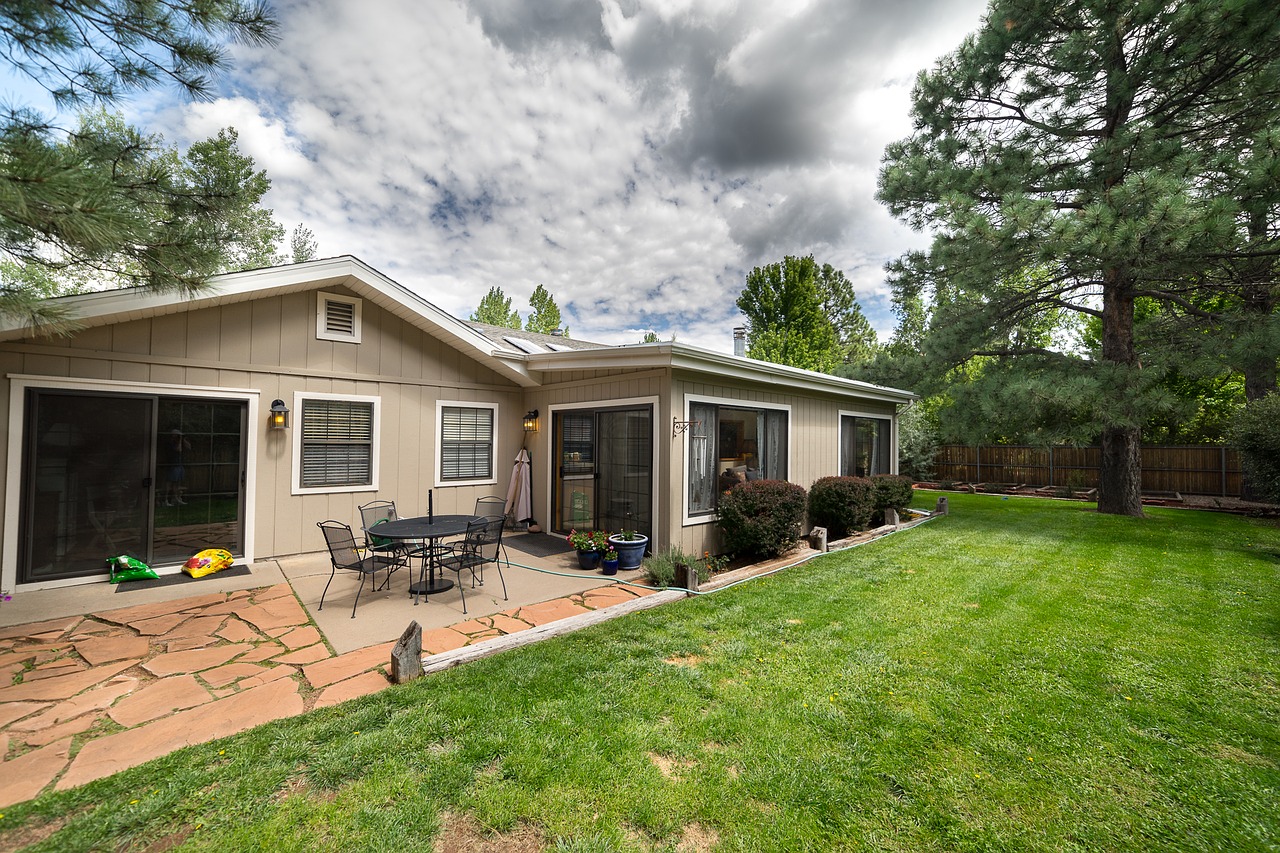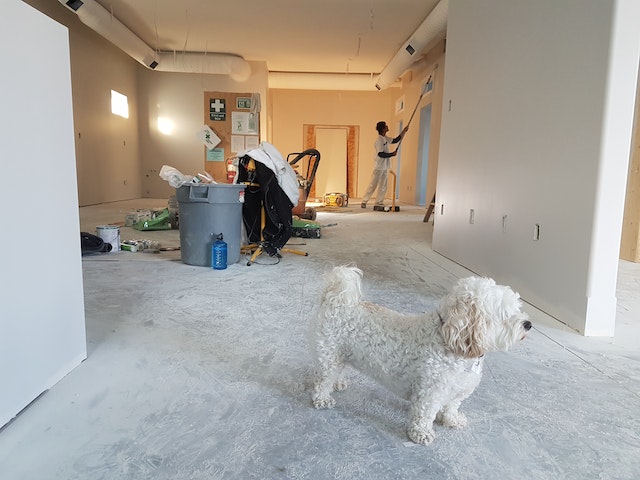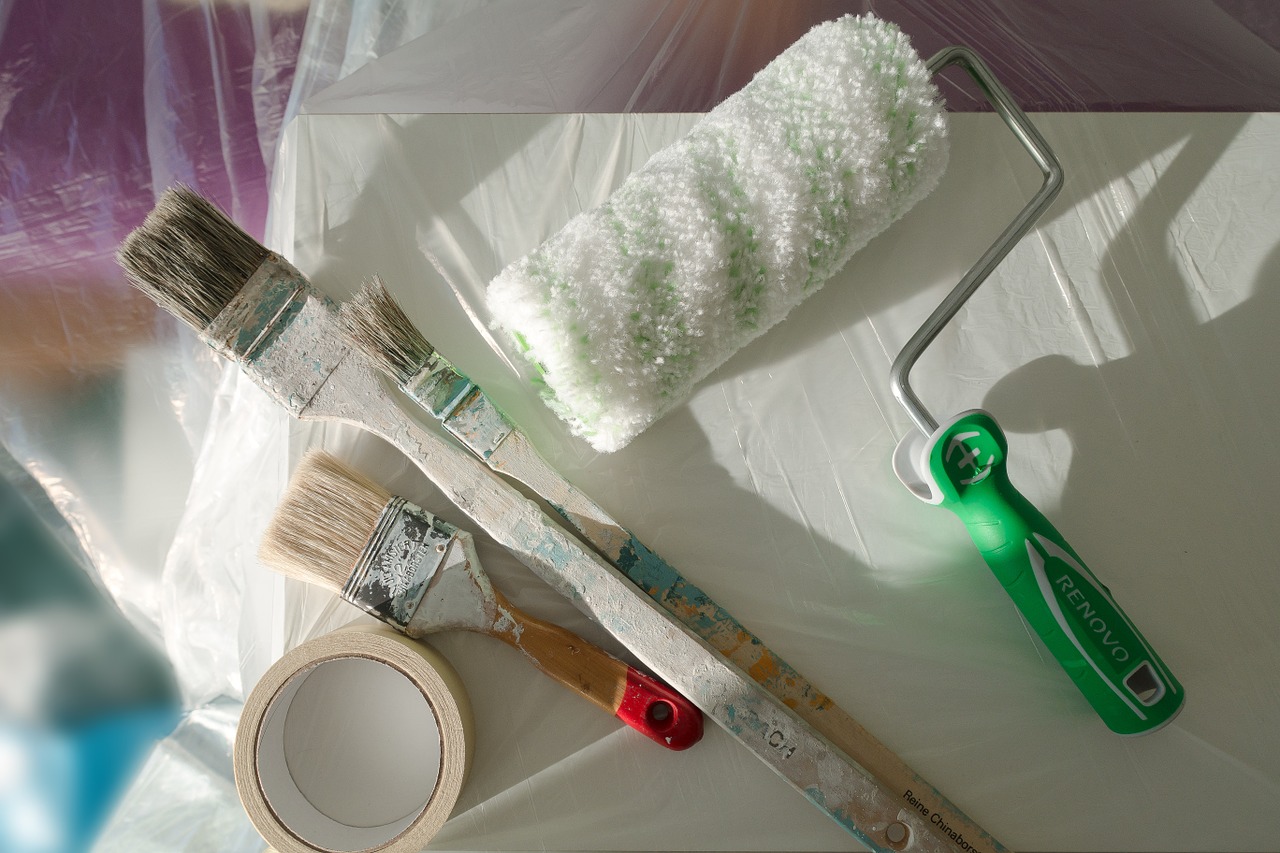Overseas house renovation projects often require careful planning and consideration of various factors, including distance, language barriers, local regulations, availability of materials, and cultural differences.
It can be a complex task, typically involving hiring local contractors and possibly a project manager to oversee the renovation, especially if the homeowner cannot be on-site regularly.
Let’s check this simple guide for overseas house renovation.
What is Overseas House Renovation?
House renovation refers to the process of remodelling, upgrading, or restoring a house located in a country different from one’s residence. This type of renovation can involve various activities, such as:
- Structural Changes: This might include altering the layout of the house and repairing or replacing the roof, walls, or foundation.
- Aesthetic Updates: This encompasses painting, decorating, and updating fixtures and fittings to modernize or personalize the space.
- Upgrading Systems: Installing new electrical, plumbing, or heating systems to improve functionality and efficiency.
- Adding Eco-Friendly Features: Incorporating renewable energy sources like solar panels, or improving insulation to make the house more energy-efficient.
- Cultural Considerations: Making design choices that respect and reflect the local culture and architectural styles.
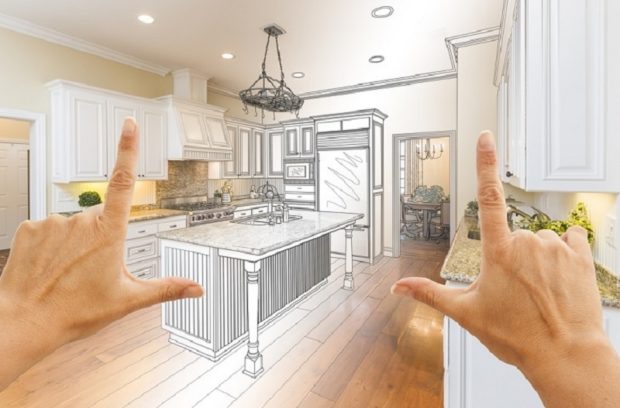
Planning Your Overseas Renovation
How do you plan your overseas renovation? Here are some simple steps to take:
Understand Local Regulations
Starting an overseas renovation journey? First, immerse yourself in the local construction landscape. Each country dances to its tune when it comes to building codes and regulations. Take time to research or engage with local experts to grasp these rules. It’s like learning a new language – a bit challenging at first, but it is essential to communicate effectively and avoid any legal missteps in your renovation process.
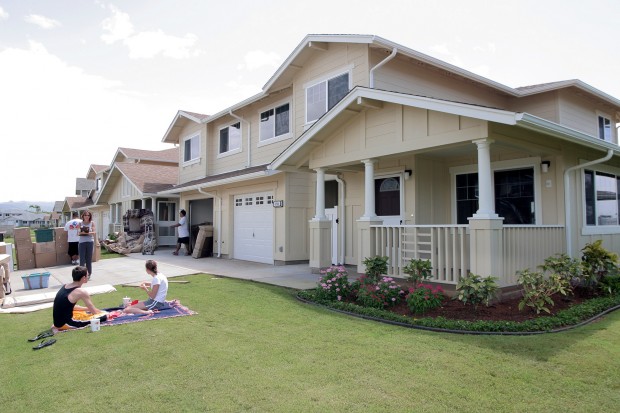
Set a Realistic Budget
When embarking on an overseas house renovation, setting a realistic budget is a critical step that can determine the success of your project. Currency fluctuations, varying costs of materials and labour, and unforeseen challenges unique to the region can all significantly impact your budget. Here’s how to approach this:
- Account for Currency Fluctuations: Currency exchange rates can fluctuate dramatically, impacting the cost of your project when converting your funds. Monitor exchange rates and consider using financial tools like forward contracts, which allow you to lock in an exchange rate for a future transaction. This strategy can help mitigate the risks associated with currency fluctuations.
- Understand Local Cost Structures: The cost of materials and labour can vary greatly from one country to another. Research the local market to understand the average costs for the type of work you’re planning. This research can involve online resources, discussions with local contractors, or even consultations with expats who have undertaken similar projects.
- Include a Contingency Fund: Unforeseen expenses are a common occurrence in renovation projects, more so in a foreign environment where you might encounter unique challenges. This fund can be a financial lifesaver if you encounter structural surprises, project scope changes, or weather or supply chain issues.
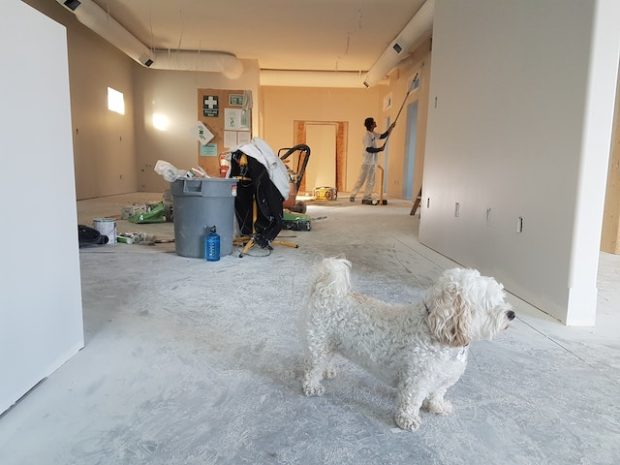
Hire the Right Team
Think of this as assembling your dream team. Local contractors and architects aren’t just skilled professionals, they’re your guides to the local building terrain. Their expertise in local practices and regulations is invaluable. They can help you choose materials and designs that not only look good but also fit beautifully within the local scene.
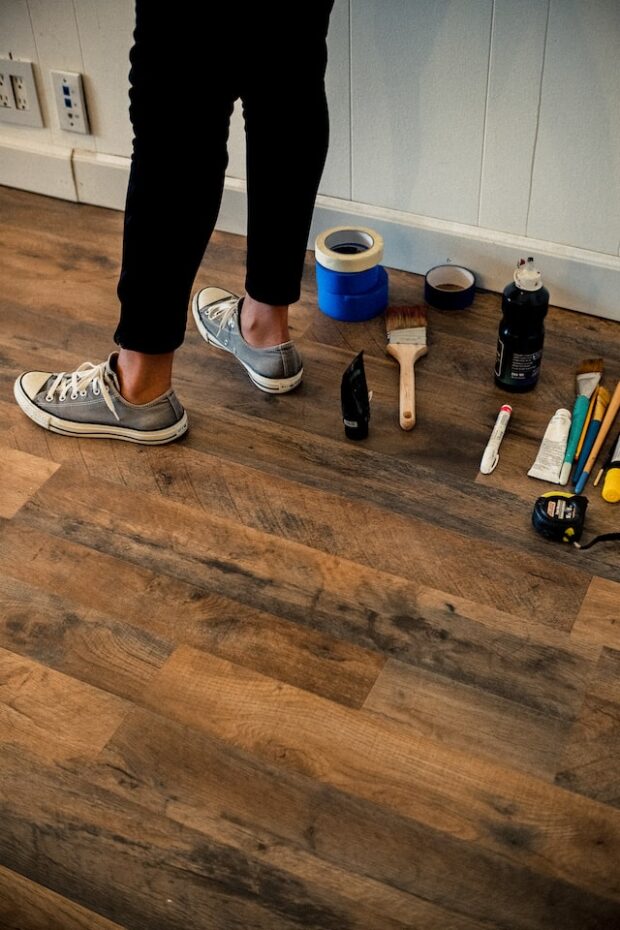
Executing the Renovation
How to start the renovation process?
- Managing the Project Remotely: If you can’t be physically present, consider hiring a project manager. Regular updates through video calls, photos, and emails are essential. Utilize project management tools to keep track of progress and timelines.
- Sourcing Materials Locally: Opt for local materials wherever possible. Not only can this reduce costs, but it also ensures that your renovated home fits in with its surroundings. Local materials are often more suited to the climate and cultural context of the area.
- Adapting to Local Climate: Your renovation plans should snugly fit the local climate. In balmy, tropical areas, focus on leveraging natural ventilation and shade. In chillier locales, it’s all about cozy insulation and efficient heating. It’s like dressing your house appropriately for the weather – both functional and comfortable.
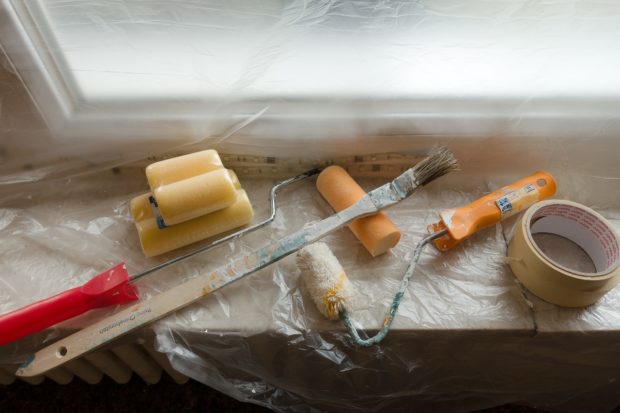
Cultural Sensitivity and Sustainability
Check the cultural sensitivity before the house renovation:
- Respect Local Architecture: It’s important to respect the local architectural style. A renovation that complements the existing local architecture contributes to the aesthetic and cultural value of the area. It’s about blending in, respecting the area’s history and culture, and contributing to its beauty. A renovation that nods to the local design ethos enriches both your home and the community.
- Eco-Friendly Renovation: Consider environmentally friendly options for your renovation. This could include using sustainable materials, installing energy-efficient systems, and incorporating rainwater harvesting or solar panels.
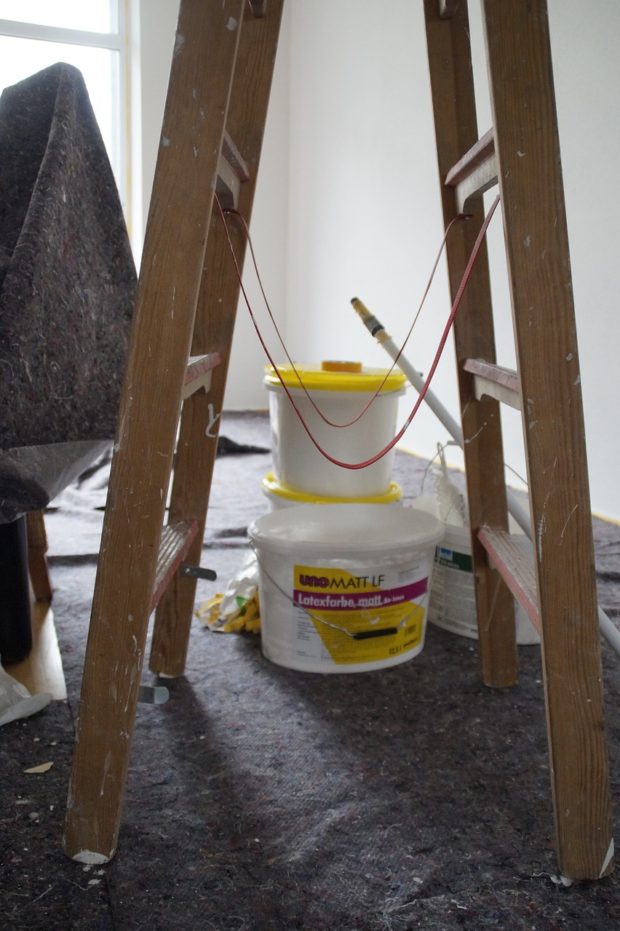
Renovating a house overseas requires careful planning, an understanding of local contexts, and a flexible approach. By respecting local regulations, hiring the right team, and being culturally sensitive, you can transform a property into your dream home while contributing positively to the local community. Remember, patience and thorough research are your best tools in this exciting venture.

